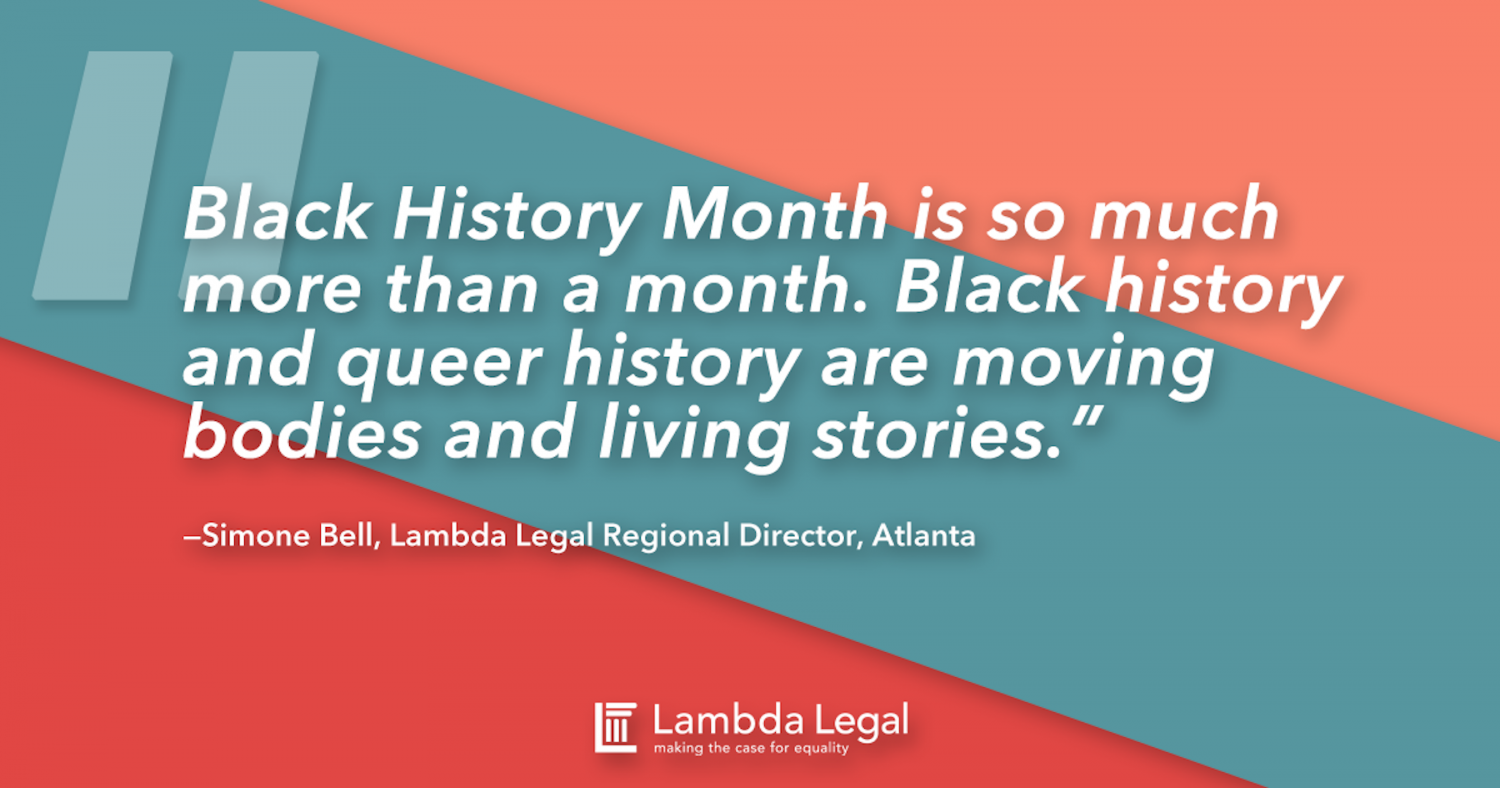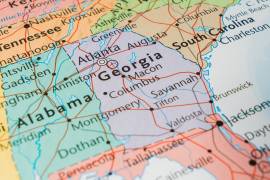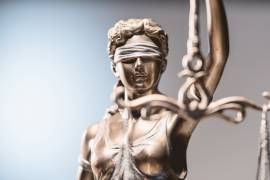Many activists talk about their "click moment."
Even before laws went on the books or speeches were delivered on stages, black and brown LGBTQ Americans were clicking away. Not all activisms looked the same, but they came from the same place.
As civil rights leaders like Atlanta’s own John Lewis were organizing our people with SNCC throughout the sixties, poets of protest like Audre Lorde were building a relationship with words that could take down institutions.
After years of profound struggle — of high-pressure fire hoses and snapping dogs turned on United States citizens protesting a smothering sickness of segregation, violence, and abuse that all African Americans were born choking on — queer people of color have developed a strong spine of resistance.
I implore you to think about your own bones.
Think about where we share fractures and traumas from decades of intersecting LGBTQ and civil rights issues.
Think about how workplace discrimination, HIV criminalization, access to healthcare, patriotism in the face of prejudice, and myriad other issues have been shifted and structured by the pain and promise of our intersectional movements.
Black History Month is so much more than a month.
Black history and queer history are moving bodies and living stories.
I'm proud to work with an organization like Lambda Legal, who celebrates our histories and actively fights for a new future.




